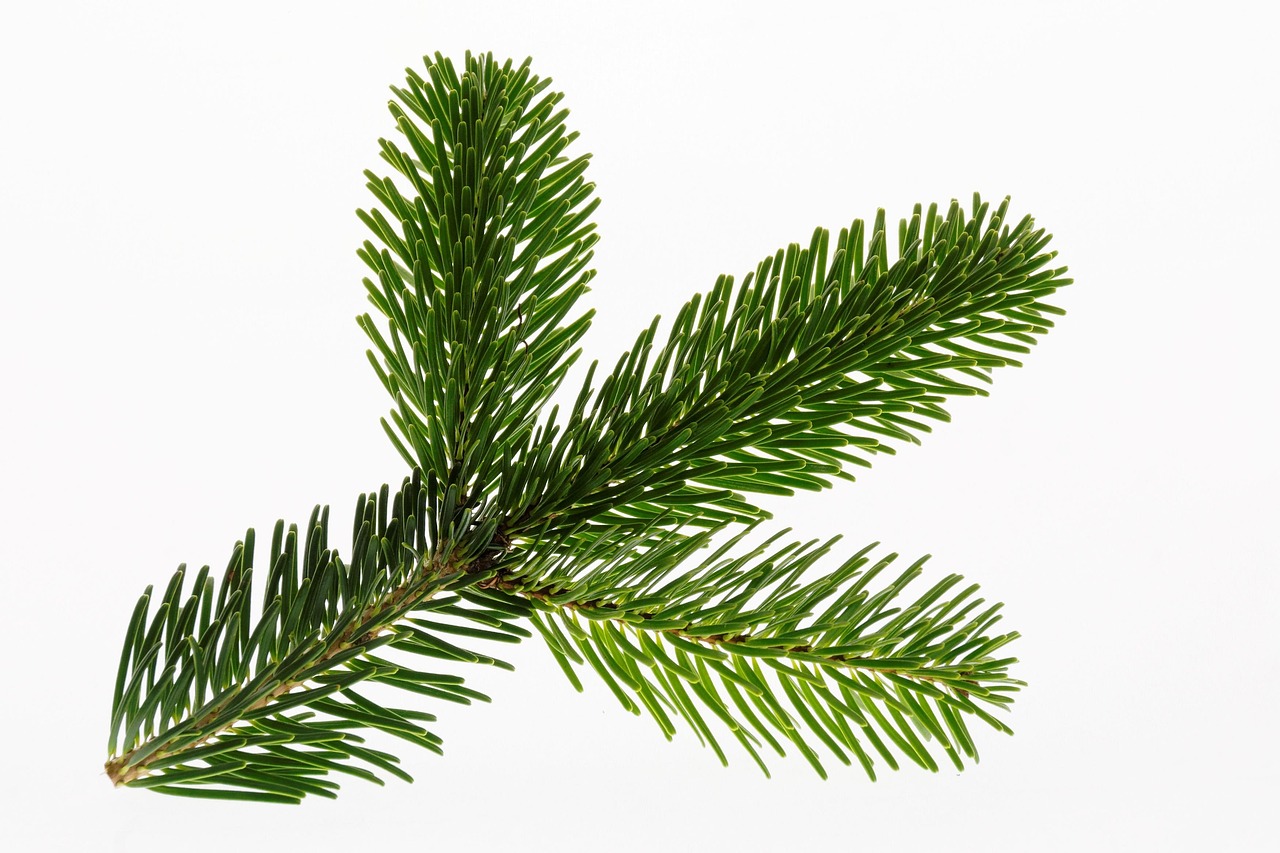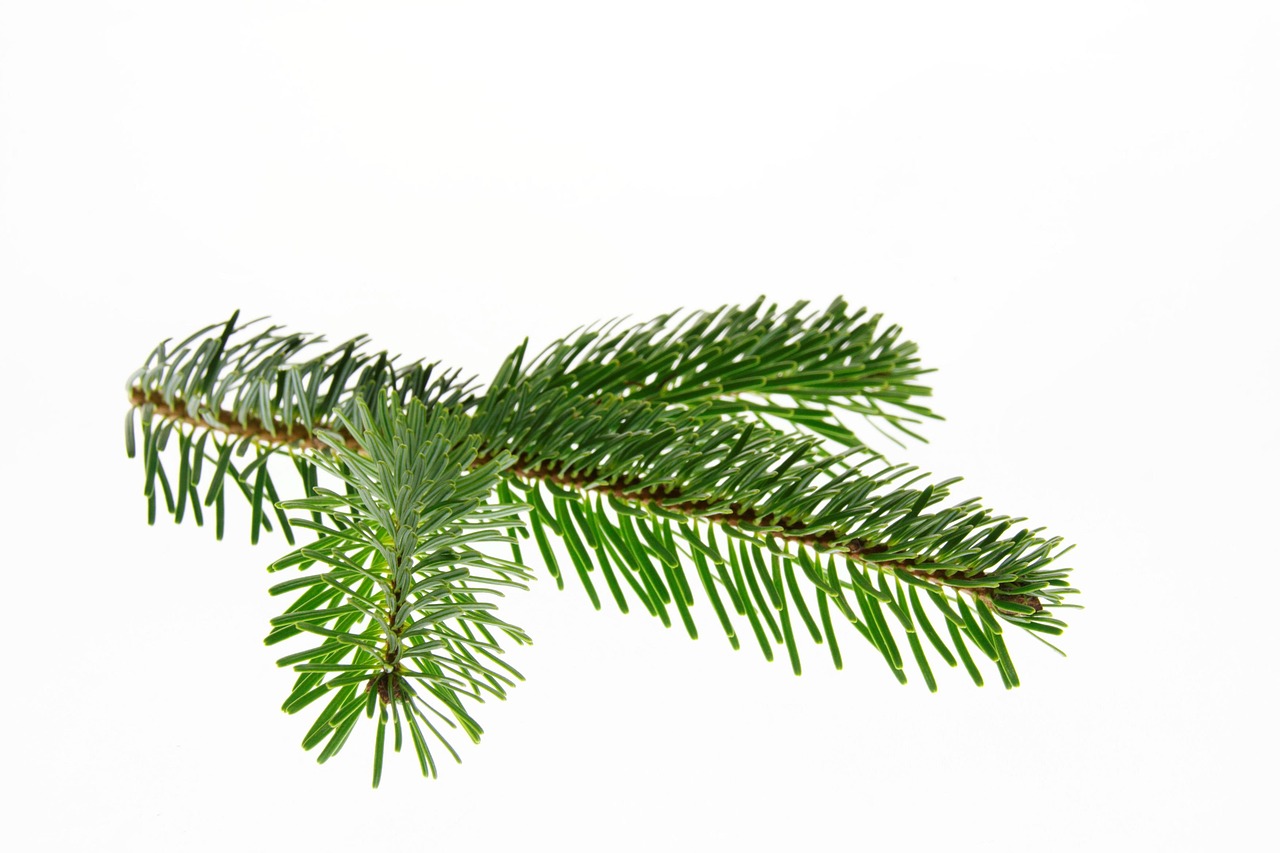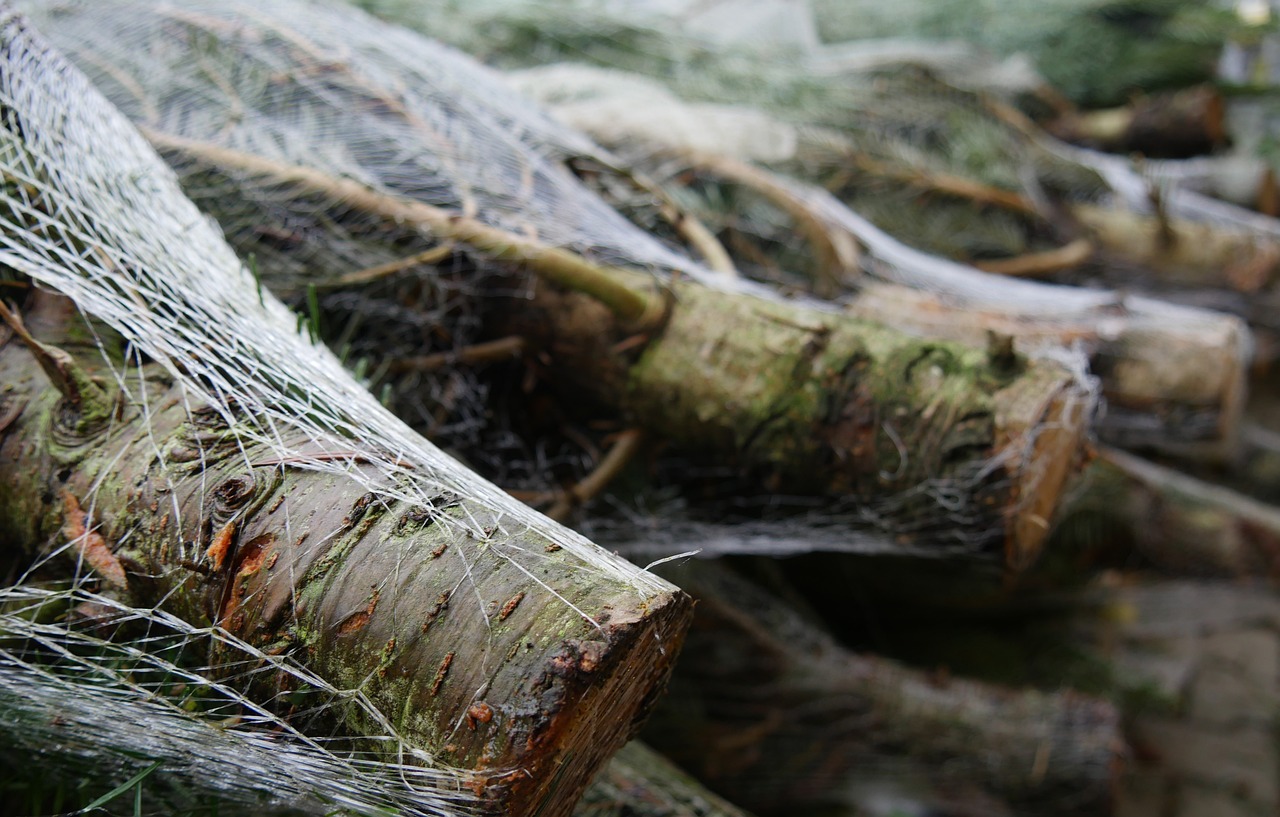The Nordmann Fir tree, known for its lush foliage and strong branches, typically exhibits a growth rate of about 12 to 15 inches per year. This makes it a popular choice for holiday plantations, as it can reach a desirable height within a few years.
The Nordmann Fir (Abies nordmanniana) is native to the mountainous regions of the Caucasus. It has gained immense popularity in various countries as a Christmas tree due to its attractive appearance and excellent needle retention. Unlike many other species, the Nordmann Fir does not shed its needles easily when cut, making it an ideal candidate for holiday displays.

The growth rate of the Nordmann Fir is influenced by several factors, including soil quality, climate conditions, and care practices. Generally, these trees thrive in well-drained soils with sufficient moisture and nutrients. They prefer temperate climates with moderate rainfall, which contributes to their robust growth.
Factors Influencing Growth Rate
Understanding what affects the growth rate of Nordmann Fir trees can help holiday plantation owners maximize their yields. Below are the key factors that impact growth:
- Soil Quality: Well-drained, nutrient-rich soil is essential for optimal growth.
- Climate: Nordmann Firs flourish in regions with mild winters and moderate summers.
- Watering Practices: Regular watering during dry spells supports healthy growth.
- Pest Management: Protecting trees from pests ensures they remain healthy and grow efficiently.
- Fertilization: Proper fertilization can enhance growth rates, particularly in poor soils.
The Nordmann Fir’s growth can be categorized into several stages. Initially, the tree establishes itself with slower growth rates. As it matures, its growth accelerates significantly. This increase can be particularly observed in younger trees, which may grow up to 15 inches annually under optimal conditions.

Growth Rates by Age
The following table outlines the expected average height of Nordmann Fir trees at different age intervals:
| Age (Years) | Average Height (Feet) |
|---|---|
| 1 | 1-2 |
| 3 | 3-4 |
| 5 | 5-6 |
| 7 | 7-8 |
| 10 | 9-12 |
This information can serve as a guideline for plantation owners to gauge the growth of their trees over time. Achieving the desired height for sale typically takes around 7 to 10 years, depending on the cultivation methods used and environmental conditions.
Cultivation Practices for Enhanced Growth
To optimize the growth rate of Nordmann Fir trees in holiday plantations, certain cultivation practices should be adopted:

- Site Selection: Choose a location with adequate sunlight and protection from harsh winds.
- Soil Preparation: Test soil pH and nutrient levels before planting to ensure ideal conditions.
- Irrigation: Implement an irrigation system if rainfall is insufficient during critical growth periods.
- Pest Control: Regularly inspect trees for signs of pests and diseases.
- Thinning: Thin out densely planted trees to allow for better air circulation and light penetration.
By following these best practices, growers can enhance the overall health and growth rate of their Nordmann Fir trees, ensuring a fruitful harvest during the holiday season. With proper care, these trees can thrive, providing beautiful Christmas trees for many families year after year.
Common Pests and Diseases Affecting Nordmann Fir Trees
While the Nordmann Fir is a robust species, it is not immune to pests and diseases. Understanding these threats is vital for maintaining healthy trees. Early detection and management are crucial to prevent significant damage.
Pests
Several pests can adversely affect the growth and appearance of Nordmann Fir trees. Below are some common pests to watch out for:

- Aphids: These small insects feed on the sap of the tree, leading to stunted growth and yellowing of leaves.
- Spider Mites: They thrive in hot, dry conditions and can cause needle drop. They are often found on the undersides of leaves.
- Scale Insects: Scale can weaken the tree by sucking sap. They often appear as small, brown, or white bumps on branches.
- White Pine Weevil: This beetle larvae bore into the tips of young shoots, causing damage that can lead to deformities.
- Needle Miners: These pests tunnel within the needles, causing them to turn brown and die prematurely.
Diseases
Diseases can also pose a threat to Nordmann Fir trees. Some of the most common diseases include:
- Root Rot: Caused by fungi in overly wet soils, root rot can kill trees by preventing them from absorbing water and nutrients.
- Needle Cast: This fungal disease leads to needle yellowing and premature drop, affecting the tree’s aesthetic appeal.
- Phytophthora Blight: This disease affects roots and stems, often leading to tree death if not managed quickly.
- Fusiform Rust: This fungal infection forms galls on branches and can weaken trees significantly.
- Diplodia Tip Blight: It affects the new growth of trees, causing brown tips and can lead to significant dieback.
Managing Pests and Diseases
Effective management of pests and diseases is essential for ensuring healthy growth in Nordmann Fir plantations. Here are some strategies that growers can employ:
- Regular Monitoring: Frequent inspections can help spot early signs of pest infestations or diseases.
- Cultural Practices: Implementing good cultural practices such as proper spacing can reduce the likelihood of disease spread.
- Biological Control: Introducing natural predators can help control pest populations without the use of chemicals.
- Pesticides: Use pesticides judiciously, following all guidelines to minimize harm to beneficial insects.
- Sanitation: Remove debris around trees to reduce potential habitats for pests and diseases.
The Importance of Proper Pruning
Pruning is another essential practice in maintaining the health of Nordmann Fir trees. Proper pruning can enhance growth, shape, and overall health. Key points about pruning include:
- Timing: The best time to prune is during late winter or early spring before new growth begins.
- Aim for Shape: Pruning helps maintain the desired shape and fullness of the tree, which is important for marketability.
- Remove Dead or Diseased Branches: This prevents disease spread and encourages healthy growth.
- Thin Crowded Areas: Thinning branches allows for better air circulation and light penetration, reducing disease risk.
The benefits of proper pruning extend beyond aesthetics. It also promotes better air flow and sunlight exposure, both essential for healthy tree growth. Trees that are well-pruned are more resilient against pests and diseases, ensuring a better yield during harvest season.
Nutritional Requirements for Healthy Growth
Nutritional needs play a significant role in the growth rate of Nordmann Fir trees. Ensuring that trees receive adequate nutrients can enhance their growth potential. Here are some key nutrients essential for Nordmann Fir development:
- Nitrogen: Promotes lush foliage growth and overall vigor.
- Phosphorus: Essential for root development and flowering.
- Potassium: Increases disease resistance and enhances overall tree health.
- Calcium: Aids in cell wall structure and root health.
- Magnesium: Important for photosynthesis and overall plant metabolism.
Soil testing is recommended to determine nutrient levels before applying fertilizers. Based on these results, growers can use balanced fertilizers tailored to the specific needs of their Nordmann Fir trees. Proper fertilization practices contribute significantly to achieving optimal growth rates and ensuring healthy trees ready for holiday sales.
Environmental Conditions for Optimal Growth
The environmental conditions in which Nordmann Fir trees are cultivated significantly influence their growth rate. Understanding these conditions helps growers ensure that their trees thrive and reach their full potential.
Temperature
Nordmann Fir trees prefer moderate temperatures. They grow best in areas where summer temperatures do not exceed 80°F (27°C) and winter temperatures do not drop below 10°F (-12°C). Extreme temperatures can stress the trees, leading to slower growth rates and increased susceptibility to pests and diseases.
Humidity
Humidity plays a critical role in the health of Nordmann Fir trees. These trees thrive in environments with moderate humidity levels. Excessively dry conditions can cause needle drop and reduced growth, while overly humid conditions can promote fungal diseases.
Soil Characteristics
The type and quality of soil are crucial for the successful cultivation of Nordmann Fir trees. Here are some characteristics to consider:
- Soil Type: Nordmann Fir prefers loamy or sandy soils that provide good drainage. Heavy clay soils can retain too much water, leading to root rot.
- pH Level: A slightly acidic pH level between 5.5 and 7.0 is ideal for these trees. Regular soil testing can help maintain the appropriate pH level.
- Nutrient Content: Soil should be rich in organic matter to provide essential nutrients. Adding compost or well-rotted manure can improve nutrient content.
Irrigation Strategies
Effective irrigation is vital for the healthy growth of Nordmann Fir trees, especially during dry spells. Here are some strategies to consider:
- Drip Irrigation: This method delivers water directly to the roots, minimizing waste and ensuring that trees receive consistent moisture.
- Soil Moisture Monitoring: Use moisture sensors to determine when irrigation is necessary. This practice prevents overwatering or underwatering.
- Watering Schedule: Establish a regular watering schedule during dry periods, typically once a week, ensuring that the soil remains moist but not saturated.
Seasonal Considerations
The seasons greatly affect the growth rate of Nordmann Fir trees. Understanding these seasonal changes is vital for successful cultivation.
Spring
Spring is a crucial time for Nordmann Fir trees as they begin their growth cycle. During this season, trees require adequate water and nutrients to support new growth. Fertilization should occur in early spring to provide necessary nutrients for the growing season.
Summer
In summer, the trees need consistent moisture, particularly in regions experiencing hot weather. Growers should monitor soil moisture levels closely during this period to prevent drought stress, which can hinder growth.
Fall
As temperatures cool in fall, growth rates will slow down. This is an excellent time for pruning and preparing the trees for winter. Ensuring that trees are healthy going into winter will set them up for a strong start in spring.
Winter
During winter, the focus shifts to protection from extreme cold and potential snow load on branches. Proper care during this season can minimize damage and ensure that trees emerge healthy in spring.
Harvesting Considerations
The timing of harvesting Nordmann Fir trees is essential for maximizing profits and ensuring quality. Here are some key points regarding the harvesting process:
- Optimal Harvest Time: The best time to harvest Nordmann Fir trees is typically between late November and mid-December, just before Christmas.
- Tree Height: Most growers aim for a height of 6 to 8 feet for marketable Christmas trees, as this size is most in demand.
- Harvesting Techniques: Using proper cutting techniques is crucial to minimize damage to the tree and surrounding area.
Careful planning around the harvesting process ensures that growers can meet market demands while maintaining the health of their plantation for future seasons. By considering environmental conditions, soil characteristics, irrigation strategies, seasonal changes, and harvesting techniques, growers can optimize the growth rate of their Nordmann Fir trees effectively.
Challenges in Nordmann Fir Tree Cultivation
While Nordmann Fir trees are generally resilient, growers may face several challenges that can affect their growth and profitability. Understanding these challenges can help in developing effective management strategies.
Market Competition
The Christmas tree market is competitive, with various species vying for consumer attention. Nordmann Fir, while popular, faces competition from other species like Fraser Fir and Douglas Fir. Growers must be aware of market trends and consumer preferences to remain competitive.
Climate Change
Climate change poses a significant risk to agriculture, including Christmas tree farming. Changes in precipitation patterns, temperature fluctuations, and increased incidence of extreme weather events can affect tree health and growth rates. Growers should consider implementing sustainable practices and monitoring environmental changes closely.
Pest Resistance
As pests evolve, they may develop resistance to common treatments. This can lead to increased infestations and potential crop loss. Continuous education on pest management and the use of integrated pest management (IPM) practices can aid in combating this issue.
Future Trends in Nordmann Fir Cultivation
The future of Nordmann Fir cultivation is likely to be influenced by various trends that could provide opportunities for growers:
- Sustainable Practices: There is a growing demand for sustainably grown trees. Implementing eco-friendly practices can attract environmentally conscious consumers.
- Organic Farming: As consumers become more health-conscious, organic Christmas trees may gain popularity, providing a niche market for growers.
- Technological Advances: Utilizing technology such as drones for monitoring tree health or automated irrigation systems can enhance efficiency and productivity.
- Diversity in Offerings: Offering additional products such as wreaths or garlands made from Nordmann Fir can increase revenue streams during the holiday season.
Final Thoughts
The Nordmann Fir tree stands out as a premier choice for holiday plantations due to its beautiful appearance and resilience. Understanding its growth rate and the factors that influence it can significantly benefit growers aiming for a successful harvest. From selecting the right site and managing soil conditions to implementing effective pest control measures, each aspect of cultivation plays a vital role in achieving optimal growth.
Moreover, as growers face challenges such as market competition and climate change, adapting to trends and employing sustainable practices can ensure the longevity of their plantations. By embracing innovation and continuously improving cultivation methods, Nordmann Fir growers can remain competitive and meet the evolving needs of consumers.
In conclusion, the future of Nordmann Fir tree cultivation appears promising, provided that growers stay informed about best practices and market trends. With careful planning and management, the Nordmann Fir tree can continue to be a beloved centerpiece in homes during the holiday season for years to come.
